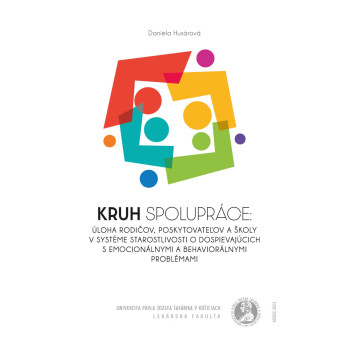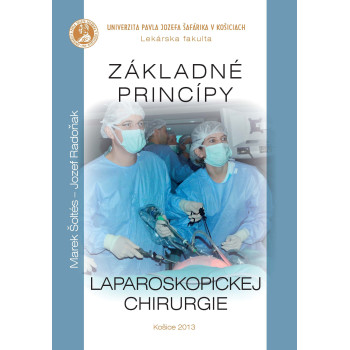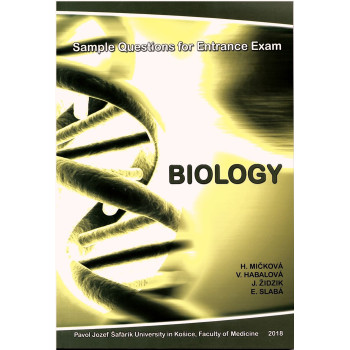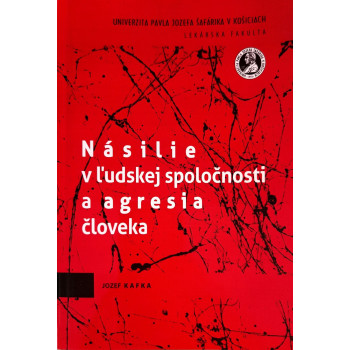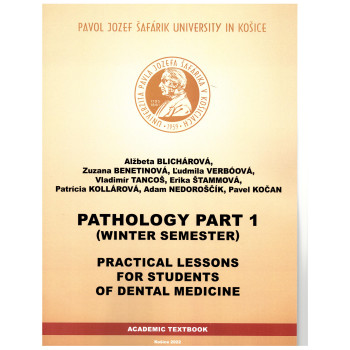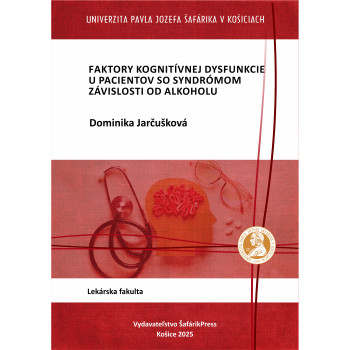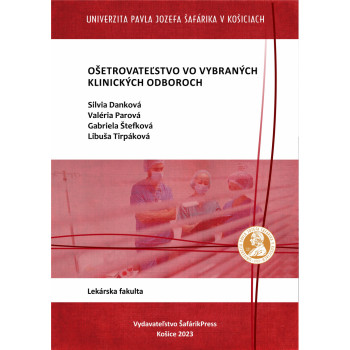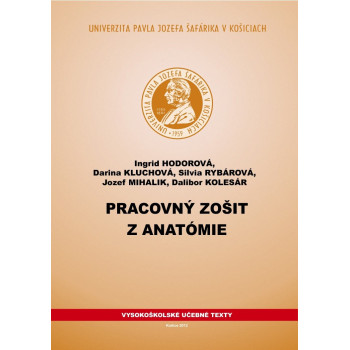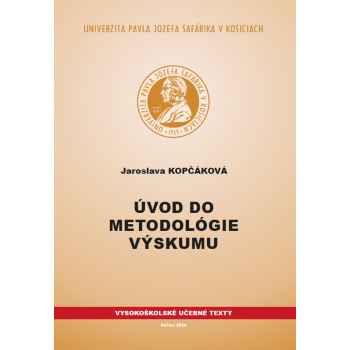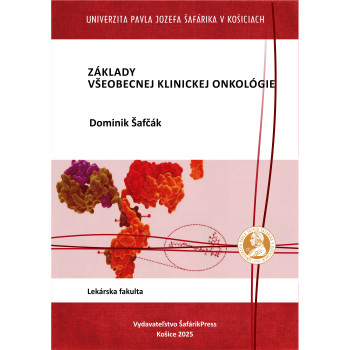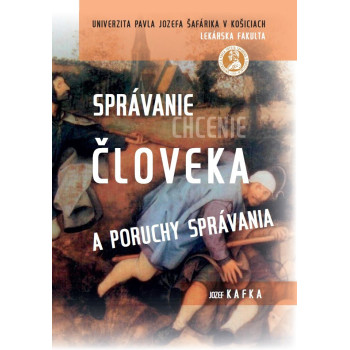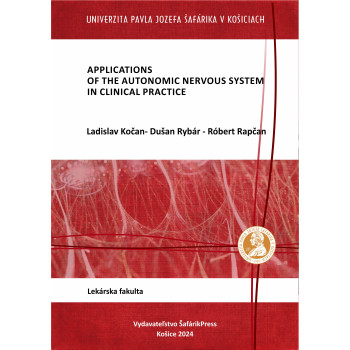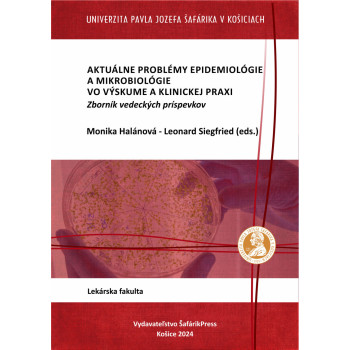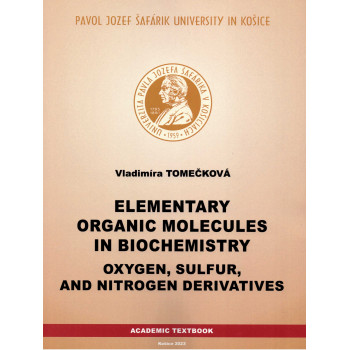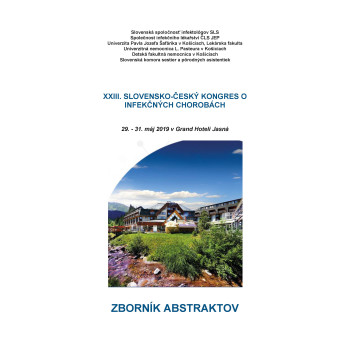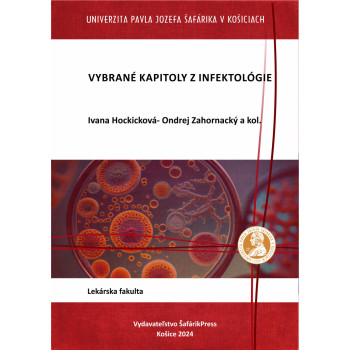
KRUH SPOLUPRÁCE: Úloha rodičov, poskytovateľov...
E-book
There is still little complete information about the system of care for adolescents with emotional and behavioral problems, especially in Slovakia.
Therefore, the main aim of this publication is to summarize and present current findings of the Care4Youth project, not only about the system, but also about the role of particular actors involved in the care of these adolescents, including family, professionals and schools.
In the chapters, we take a closer look at the cooperation of all involved actors and, from the point of view of care providers from different types of institutions, we will describe all barriers that negatively affect adequate and effective help as well as suggestions how the identified barriers could be eliminated.
Download e-book for free (pdf)



